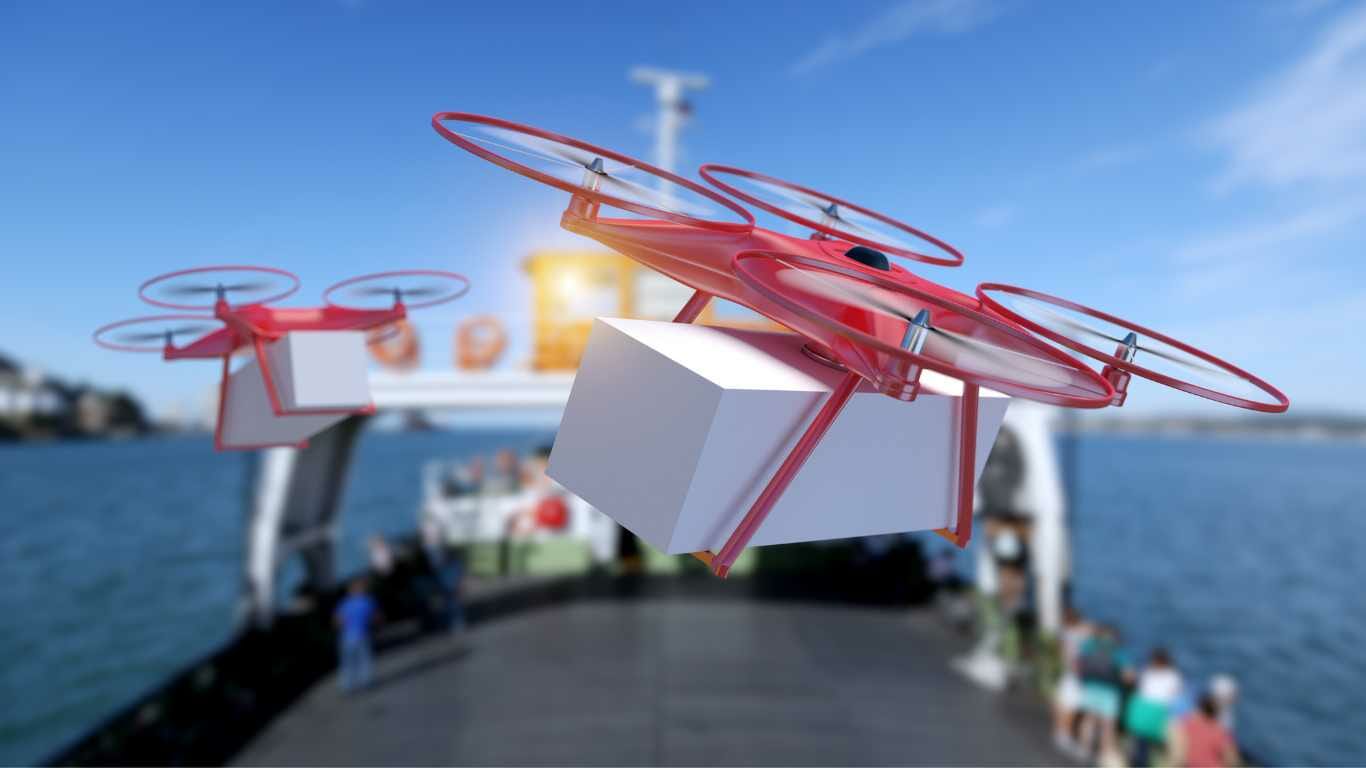Drones, also known as Unmanned Aerial Vehicles (UAVs), have rapidly become integral to various industries and recreational activities. These flying devices have evolved significantly in recent years, leading to advancements in their capabilities, including their ability to carry payloads. In this article, we will explore the weight-carrying capacity of drones and the factors that influence them.
Drone Technology
Before delving into weight capacity, it’s crucial to understand the basic technology behind drones. Drones are equipped with motors, propellers, and a frame that houses various components, such as batteries, cameras, and sensors. The design and materials of the drone significantly impact its overall weight and lifting capabilities.
Quick Answer
Generally, smaller consumer drones have a limited carrying capacity of around 1-2 pounds, while larger professional drones can carry up to 20 pounds or more.
It’s important to note that exceeding the recommended weight limit of a drone can affect its flight performance and stability. Additionally, the battery life will also be significantly reduced when carrying heavier loads. Therefore, it is crucial to check the specifications and guidelines provided by the manufacturer before attempting to attach any additional weight to a drone.
Weight Capacity
The weight a drone can carry varies widely and depends on its size, power, and purpose. Miniature consumer drones typically have a payload capacity of around 0.5 to 2 kilograms, while professional-grade drones can carry much heavier loads, ranging from 5 to 20 kilograms or more.
1. Payload to Drone Ratio
The payload-to-drone ratio is critical in determining a drone’s lifting capacity. For safety and optimal performance, the weight of the payload should not exceed a certain percentage of the drone’s total weight. Manufacturers usually provide guidelines on the maximum allowable payload to ensure the drone’s stability during flight.
2. Battery Life
The weight of the drone itself and the payload directly impact its battery life. Heavier payloads require more power to lift, which can significantly reduce flight time. It’s essential to strike a balance between the weight of the payload and the flight duration needed to accomplish the intended task.
Factors Affecting Weight Capacity
Several factors influence a drone’s weight-carrying capacity:
1. Drone Size and Type
Larger drones generally have more powerful motors and batteries, enabling them to carry heavier payloads. Additionally, multi-rotor drones are generally more capable of lifting weight compared to fixed-wing drones.
2. Material and Build Quality
The materials used in constructing the drone impact its weight and strength. Lighter yet durable materials like carbon fiber can enhance the drone’s lifting capacity without compromising its structural integrity.
3. Altitude and Weather Conditions
Higher altitudes and adverse weather conditions can affect a drone’s lifting capabilities. Thinner air at high altitudes reduces the lift generated by the propellers, limiting the weight a drone can carry.
Commercial Applications
The ability of drones to carry payloads has opened up numerous commercial applications across various industries. Some notable uses include:
1. Aerial Photography and Videography
For the purposes of film production, real estate marketing, and landscape surveys, professional drones that are outfitted with cameras of a high grade are able to record breathtaking aerial photographs and movies.
2. Delivery Services
Companies are exploring the use of drones for delivering packages and goods, especially in remote or hard-to-reach areas.
3. Agriculture
Drones can be equipped with sensors and cameras to assist with crop health monitoring, the localization of problem areas, and the enhancement of irrigation and pesticide application.
Safety Considerations
Operating drones with heavy payloads requires careful consideration of safety measures. Heavier drones pose higher risks in case of accidents, making it essential to follow safety guidelines and regulations.
Regulatory Restrictions
Government agencies often impose weight restrictions and flight regulations on drones. It’s crucial for drone operators to adhere to these rules to ensure safe and legal operations.
Future Advancements
As drone technology continues to advance, we can expect to see even more impressive weight-carrying capabilities. Innovations in materials, battery technology, and propulsion systems will likely lead to drones with enhanced lifting capacities.
Conclusion
In conclusion, the weight a drone can carry depends on several factors, including its size, build quality, and battery life. Understanding these factors is crucial for utilizing drones effectively in various applications. As technology continues to evolve, drones will play an increasingly vital role in industries ranging from photography to logistics, revolutionizing how we approach many tasks.
FAQs
Can all drones carry heavy loads?
No, not all drones can carry heavy loads. The weight-carrying capacity varies depending on the drone’s size, power, and design.
How does payload weight affect drone flight time?
Heavier payloads reduce a drone’s flight time as they require more power to lift and sustain during flight.
Are there any legal restrictions on drone payload weight?
Yes, many countries have regulations restricting drone payloads’ weight for safety and privacy reasons.
Can drones be used for search and rescue missions?
Yes, drones with appropriate weight capacity can be equipped with rescue tools and cameras for search and rescue operations.
What are some safety precautions when using drones with heavy payloads?
When using drones with heavy payloads, operators should avoid flying overpopulated areas, conduct pre-flight checks, and stay within legal weight limits to ensure safe operations.
